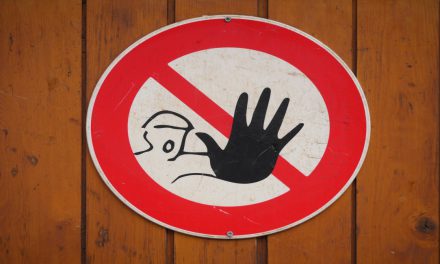It’s been five years since the recession ended and the question remains: are homeowners-turned-renters returning to homeownership?
Dubbed “boomerang buyers,” these comeback homeowners were booted out of their homes by foreclosure or short sale and are now re-entering the market as homebuyers.
Nationwide, 5.3 million families lost their homes to a foreclosure or short sale from 2007 to 2013, according to Irvine-based analyst John Burns Real Estate Consulting. 889,000 of these families have repurchased a home. By 2021, another 2.8 million families are expected to magically materialize into boomerang buyers.
Whoa, where does one look to get this one right? For us, it’s got to be California numbers.
California held steady at a 54% homeownership rate for decades. Then, the housing boom catapulted it to 61%, seemingly overnight. After the housing bubble burst, homeownership returned to 54% — but at a cost of over a million foreclosures. Today, homeownership is slowly slipping.
That doesn’t look like boomerang activity to us. Most dispossessed California homeowners who became renters will stay renters since they were properly renters to begin with.
The bumpy plateau recovery of today’s real estate market is one that economists have labeled secular stagnation. It began with the artificial homeownership created via the financial accelerator effect of the Millennium Boom. Tenants made flash decisions to buy, flip and turnover while standing on risky long-term loans and enjoying the illusion painted as the American Dream.
The term boomerang buyer misleads readers — it’s an empty buzzword, thrown around primarily by perpetrators of wishful thinking: the real estate trade associations and their loyal, one-track-minded followers. For those who prefer to fool themselves, the report cited above reveals how well the housing market is performing. Erstwhile homeowners are returning to the market like water runs downhill. Right?
Wrong, and here’s the reality.
Actual research performed by the Federal Reserve, a thoughtful organization, reports: those homeowners foreclosed upon during the Great Recession aren’t flocking back to the housing market, and they likely never will.
The Fed compared two sets of foreclosed homeowners:
- those who whose foreclosures took place from 2001 and 2003; and
- those whose foreclosures took place during the Great Recession.
The foreclosed homeowners from ‘01 and ‘03 were four times more likely to be “boomerang buyers” than those homeowners from 2008. And then, only 25% of ’01 and ’03 homeowners returned to homeownership — nowhere near the ambitious returnees cited by John Burns Real Estate Consulting.
Related article:
Will foreclosed homeowners and short sellers return to homeownership?
To complete this picture one must look at buyer demand, not just supply-side market chatter blindly focused on inventory. Buyer-occupant demand, driven by willingness and ability, is very low today and has been shrinking since November 2012.
Demand will stay low and weak throughout 2014 and thereafter, until we get back to the peak job numbers of 2007. Even after reaching 2007 employment, the interim six years have added 2.2 million Californians, 40% of whom need employment to support themselves. That’s a lot of frustrated demand yet to manifest itself in the housing market. The jobs recovery is key — and we just aren’t there, folks.
In 2015, the number of jobs will have returned to the peak December 2007 number of 15.6 million Californians employed. Some regions like San Francisco have already recovered; others, like the Inland Empire, will wait another year. Only then can the expansion of our real estate economy begin. Hopefully it’s not another beginning of the end.
Related articles:
Does inventory set home prices?
first tuesday’s economic recovery timeline
Re: “Where are the boomerang buyers?” from the Press-Enterprise



















